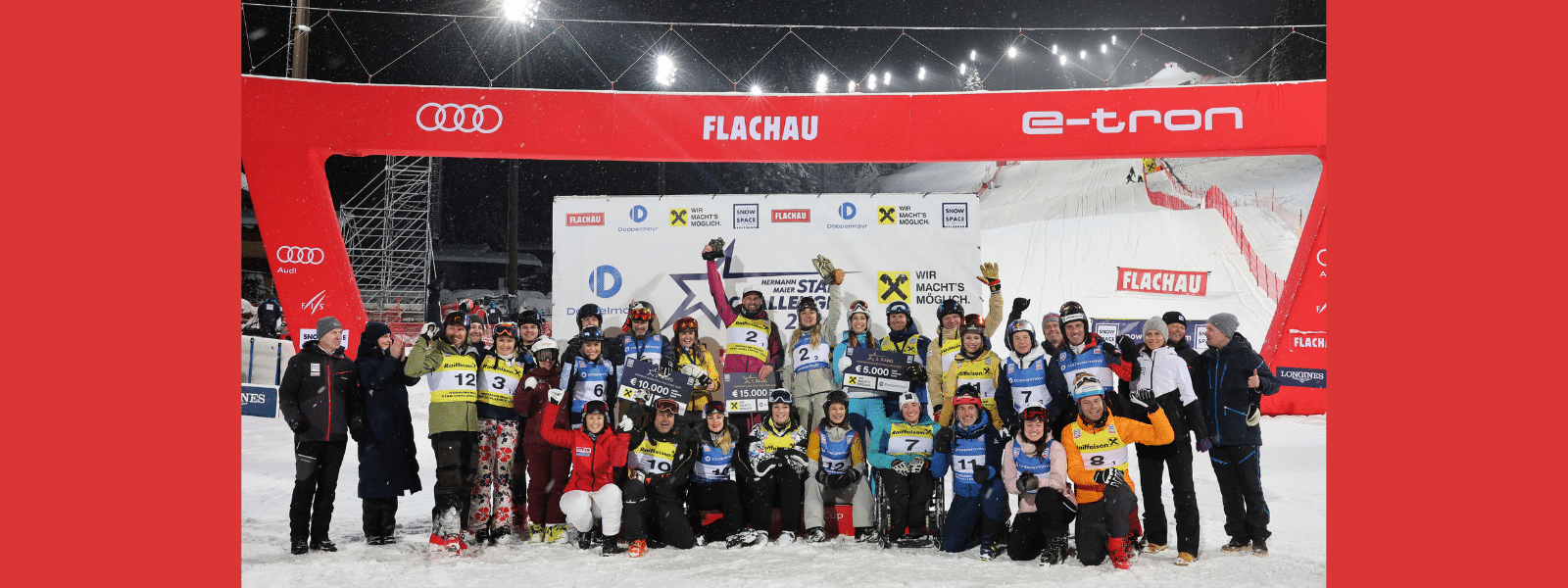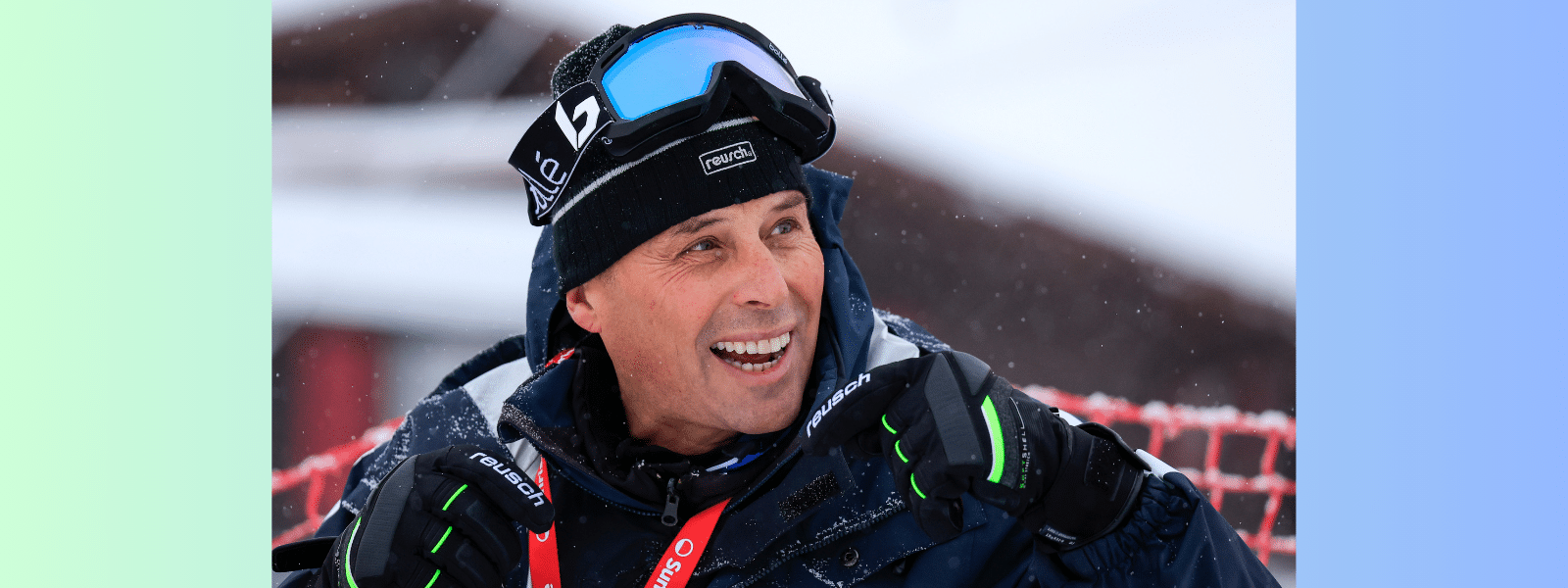How Kids Can Bounce Back from Injuries: Part 1
Earlier this month, Gabbi Hall interviewed Lindsey Vonn and Resi Stiegler for The 3 Key Steps to Injury Recovery in Ski Racing. Now, Edie Thys Morgan presents a primer for parents hoping to help their children get off the couch and back on the ski slopes, from her own experience in emergency care and conversations with Doctors Mininder Kocher, James Ames and Michael Sparks.
When our kids start ski racing, we have to face the fact that there’s a strong chance that an injury may accompany their journey to the podium. Still it hurts — in more ways than one. How can one moment — often doing nothing spectacular or out of the ordinary— so totally change the course of your next month or six months or year?
After the initial impact, then rush of adrenaline and curse words, there comes a sinking realization that you’re solidly on the bench, or the couch, for the near future.
You need to come to terms with your new reality. So here are some points parents and kids can follow together to make injuries hurt less in the long run of ski racing.
Modern Injuries
Skiers are experiencing an expanded universe of injuries. In addition to the requisite knees, there’s a marked uptick in hip injuries and a steady supply of back pain. What gives? Part of it is equipment technology and the techniques required to manage it. “There are more rotational forces and angulation,” says Dr. Mininder Kocher, orthopedic surgeon, Associate Director for the Division of Sports Medicine at Boston Children’s Hospital, and father of five ski racing kids. “Also with hips, we now have the ability to evaluate and fix more.”
Add in an undeniable increase in overuse injuries throughout youth sports. “Kids are skiing and doing their sports year round so their bodies have no chance for rest,” says Kocher. It’s a trend that also leads to early burnout, and has prompted the American Academy of Pediatrics (AAP) and American Orthopaedic Society for Sports Medicine (AOSSM) to recommend against single-sport specialization in kids age 14 and under.
Modern Rehab
The hardest part of an injury is the rehab, and the hardest part of rehab is that it is stone-cold boring. Yes, there’s some pain, but it fades in the midst of mind-numbing repetitions of mind-numbing things: leg lifts; knee bends; core, core, core; small, targeted exercises and stretches that seem like they are doing nothing; icing; range of motion; and countless hours swimming or pedaling a stationary bike, as shown in the U.S. Ski Team photo below.
I will say, time spent spinning and dripping in place on the bike is far easier today than it was back in the day. With just one little smartphone you can monitor everything from heart rate to email to the last 500 vital Facebook posts, and enjoy an unlimited array of music, podcasts and the latest episode of “Comedians in Cars Getting Coffee.” Score 1 point for the modern injury.
What else has changed? Recovery times, says Kocher. Doctors used to go by stock recovery times: six weeks for a bone bruise; three months for a meniscus repair, three to months for an MCL injury; six months for an ACL repair.
While those numbers still hold true for the biology of healing, doctors rely more on functional tests — appraising factors such as size, strength, range of motion, agility and balance — to determine readiness for return to sport.
Even when that hurdle is cleared, a well-planned return to sport looks more like a slow roll than a sprint off the blocks. On snow, that means freeskiing, then drills, then gates, then easy races and so on, monitoring the injury at every stage along the way. This gradual layering of volume and intensity is a far cry from simply looking at the calendar and saying, “Go!” (Survivors of old-style rehab, rejoice.)
Modern Medicine and the Modern Environment
All this wisdom and restraint means little if not supported at home. The first question orthopedists typically get from sports parents is, “When can my child get back in the game?” When the parents are also wearing clothes with their kids’ team sports logos, and referring to “our season,” the warning flags are up. The push for speedy recoveries underscores the pros and cons of advancements in orthopedic care. “We’ve gotten so good with surgical techniques that we can fix more and get more people back to a high level of sport,” says Kocher, “but getting back to sport too soon carries risks.”
These risks include:
- Reinjury
- New injury (because of favoring, or improper technique)
- Subpar performance
Repeated injuries also carry greater risk of early arthritis. “After two to three reconstructions, you have to have difficult conversations,” says Kocher. For these, adult oversight and judgment is essential. From my own experience as an athlete and a sports parent, no competitive teenager gives a hoot about early arthritis. With hard, highly emotional and high-stakes choices, the options are rarely clear or easy. Parents, bring your A-game to the table.
Old-Fashioned Knowledge
I rolled my eyes when my dad grilled my doctors with questions, but the answers left me with a very good understanding of the mechanics of my injuries. Knowing what’s going on inside your body makes it much easier to manage your recovery and be attuned to problems, concerns and needs as they arise.
Old Fashioned Patience
Patient patients are a virtue. In the same way a construction project usually takes twice as long and costs twice as much as you expect, fully recovering from an injury nearly always takes at least as long as the doctor first tells you. You can search around for a better answer, but despite the miracle-comeback legends, you rarely win by rushing it. In that respect it’s often much easier — physically and psychologically — to have an injury that puts you out for an entire season than to rush your recovery and cause more damage.
Old Fashioned Distractions
Time off can be time well spent — a golden opportunity to work on things you can’t work on while competing. Basketball players often increase their free-throw percentages after a knee or leg injury because at a certain point in recovery, it’s the one part of the game they can practice. Working on core strength, flexibility and stress-relieving techniques as well as watching videos (and, ahem, doing homework) — all things that go by the wayside while competing — will pay dividends down the road.
(Look for Part 2, on Getting Your Head Back in the Game, next month here in the Premium section of SkiRacing.com)























